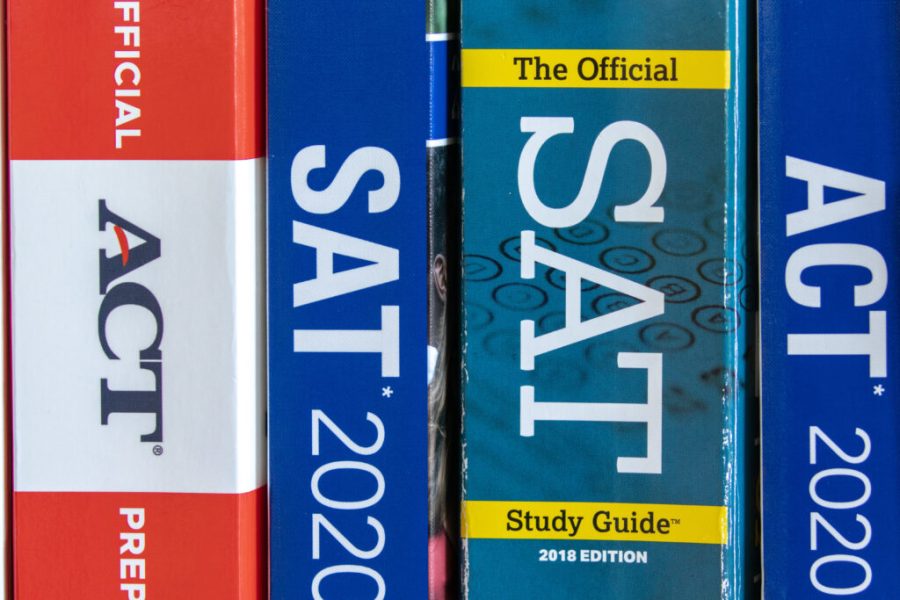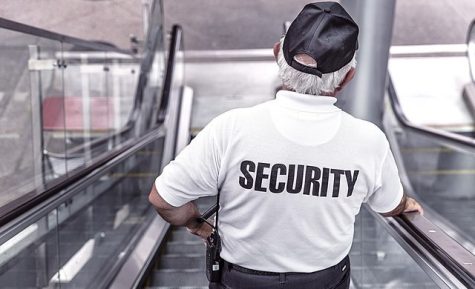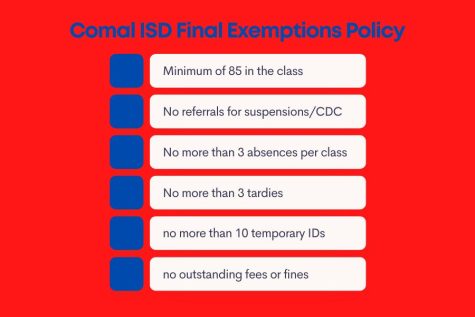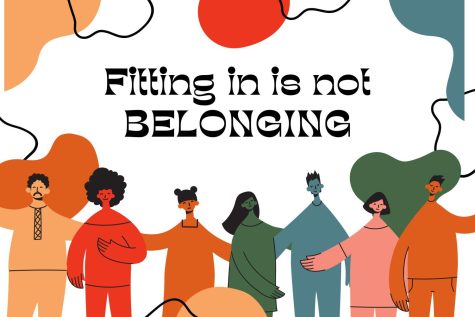College entrance exams fail to represent students
Despite measures taken to standardize the test for all students, the SAT and ACT may not accurately portray college readiness.
January 25, 2022
Rank. GPA. SAT score. Social Security. Years of extracurriculars. Volunteer hours.
A multitude of numbers and essay questions make up the fabric of a student’s identity, summarizing interests, personality traits, and academic performance of four years into a single application. The Scholastic Aptitude Test (SAT) and American College Test (ACT) serve as two of these components, adding up to a positive and negative reflection of a student’s ability to sustain through a four or more hour test.
As students struggled to find testing centers during the height of the pandemic, several big-name colleges announced that they would not require SAT and ACT scores for the 2021-2022 school year admittance. The majority of schools, including Texas colleges like the University of Texas at Austin, Baylor University, and A&M University, adopted a test-optional policy, proving the holistic review process survives without the scores. Universities should altogether discontinue the consideration of college admissions tests when admitting students even after the pandemic ends.
Looking at the College Board website, colleges base a lot of factors on the admissions exams. These scores decide who is admitted, of course, and can help colleges find who they might be interested in. They determine financial aid grants from programs like National Merit and other scholarship opportunities.
Supporters of the SAT argue that the test offers low-income background students a chance to be recognized for their academic talents and receive grants. When observing the data in practice, however, the opposite is shown. Black and Latino test takers disproportionately score lower, reflecting the circumstances of their family background rather than their potential to handle college-level rigor.
According to the 2020 College Board score reports, more than 80 percent of Asian students’ scores met college readiness standards for both the Reading and Writing and Math portions while white students scored 79 percent for Reading and Writing 59 percent for Math at standard. 53 and 30 percent of Hispanic or Latino test takers met the benchmark for Reading and Writing and Math, respectively, and black students landed at 44 percent for Reading and Writing and 21 percent for Math.
The race gap shown by SAT scores translates further into looking at demographic data of students attending college with Asian and White enrollment greatly disproportionate to Black and Latino students. The disproportionate interval limits social mobility of low-income households by affecting the ability to find jobs with advancement opportunities and acquire generational wealth.
The SAT costs $55 to take, not accounting for additional charges for late registration. Schools often offer a free opportunity to take the test, and fee waivers are available for low income students.
However, the greatest money inequity is shown with SAT prep classes and tutors who can cost on average $100 an hour, though higher-quality instructors charge closer to $200-plus per hour. Well-known SAT prep site PrepExpert estimates 20 hours of practice can bump students’ scores up by 115 points. Essentially, the SAT measures the amount of time students can grind through algebra and reading questions and the amount of cash their family can afford to fork over for a private tutor or extra classes.
Former Full House star Laurie Loughlin was sentenced to two months in federal prison for hiring a professional SAT-taker to help her daughters’ chances of getting into the University of Southern California. The secret to acing the test, if your family doesn’t have access to a thousands of dollars to hire a professional test taker to ace it in your place, is practice. Practice requires time, and not all students have the privilege of extra time, especially first-generation students who juggle household responsibilities and jobs.
Another glaring problem of timed standardized tests is the ableist assumption that all students can thrive under the specific circumstances of testing centers and classrooms. Often the threat of a ticking clock in a completely silent classroom sitting still for a prolonged four hours can prevent neurodivergent students from performing their best on a test. Though those who qualify can receive extra time in a separate testing room, the very format of the test challenges these students’ situations.
The validity of these tests are also influenced by testing anxiety, a common malady shared by students who already feel intense pressure placed on college admissions. While some may argue the tests allow students an opportunity to overcome such apprehensions, these students are disadvantaged.
Nobody doubts the weight of these scores on whether students are admitted into their dream colleges and safety schools.The issue is they fail to accurately portray a student’s actual intelligence, academic personality, or potential success at a university.
Admissions officers should instead place more weight on the passions students express and the impact they have on their community through volunteer work and extracurriculars. Academic performance throughout a student’s four years of high school better reflects their potential in college rather than a four-hour test.
















